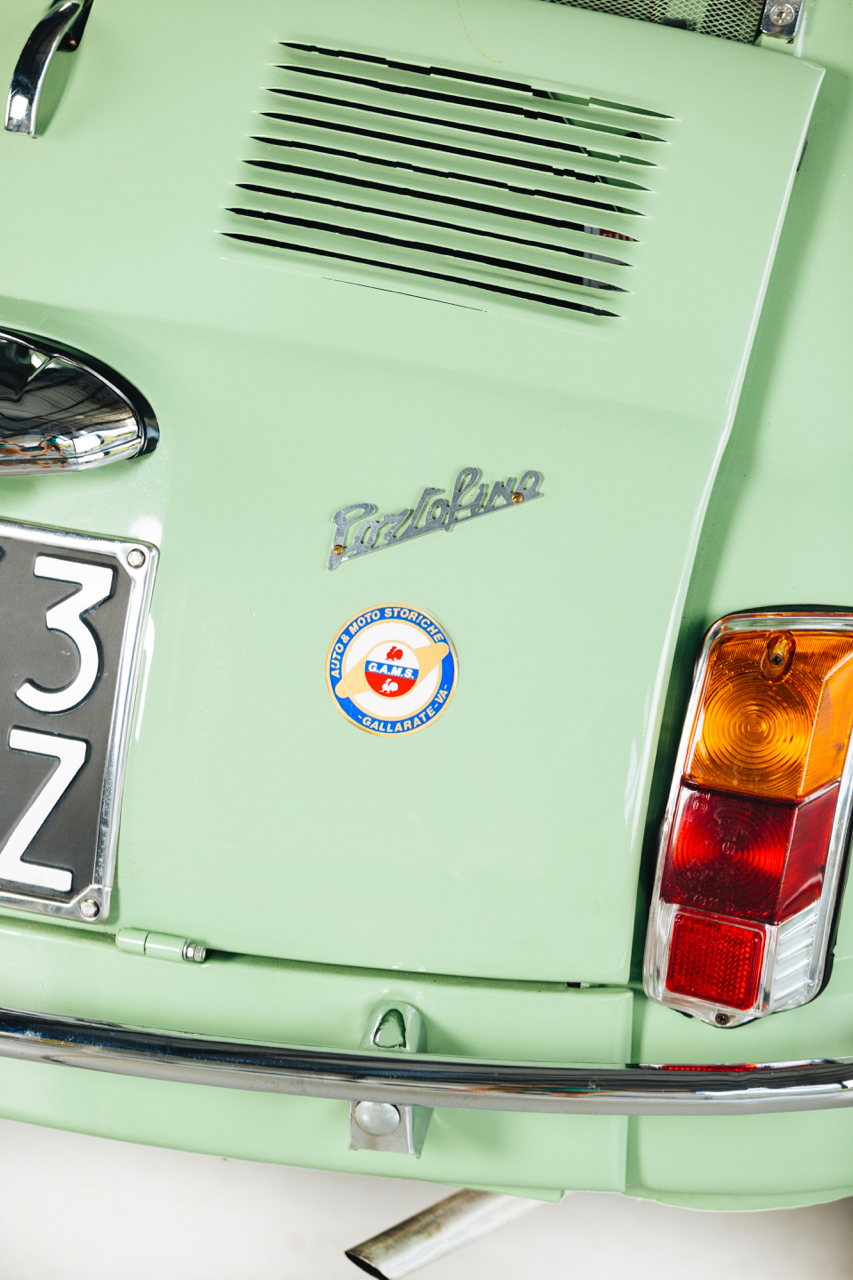
MAKE
Fiat
MODEL
500 Jolly
The Fiat 500 Nuova (Italian: Cinquecento), produced between 1957 and 1975, was one of the first small city cars ever.
Launched as the Nuova (new) 500, it was based on the successor of the Fiat 500 "Topolino" (little mouse), the Fiat 600. The Nuova was a cheap and practical town car that measured only 2.97 metres (9 feet 9 inches), and was originally powered by an appropriately sized 479 cc two-cylinder, air-cooled engine.
Despite its minute size, the 500 proved to be a very practical and popular car throughout Europe. A variety of models was produced: Nuova (1957-1960), D (1960-1965), K or Giardiniera (1960-1975), F or Berlina (1965-1973), L or Lusso (1968-1972), R or Rinnovata (1972-1975).
Sports models were produced by Abarth and Giannini. An Austrian variant, produced by Steyr-Daimler-Puch, had a motorcycle-derived Puch boxer twin motor.
Carrozzeria Ghia made a custom "Jolly" version of the 500, inspired by the limited edition Fiat 600 Jolly. The 500 Jolly also had wicker seats, no doors and is often seen with a canopy roof. These cars were originally made as a way of transport for the wealthy (Aristotle Onassis owned one) from their houses to the large yachts in the marinas of the Mediterranean. Available colours were purple, coral, white, yellow and blue. Most of the remaining Jolly's have very little mileage on the odometer.
The 500 Jolly cost $ 1760, almost double the cost of a standard 500. An "economical" version was produced from 1964 - 1968, it had normal fenders, no chrome tubing at the sides and plastic seats.
The Jolly's were very popular, but very pricey. Fans converted the affordable, regular Fiat 500, with much love and enthusiasm to a Jolly.











